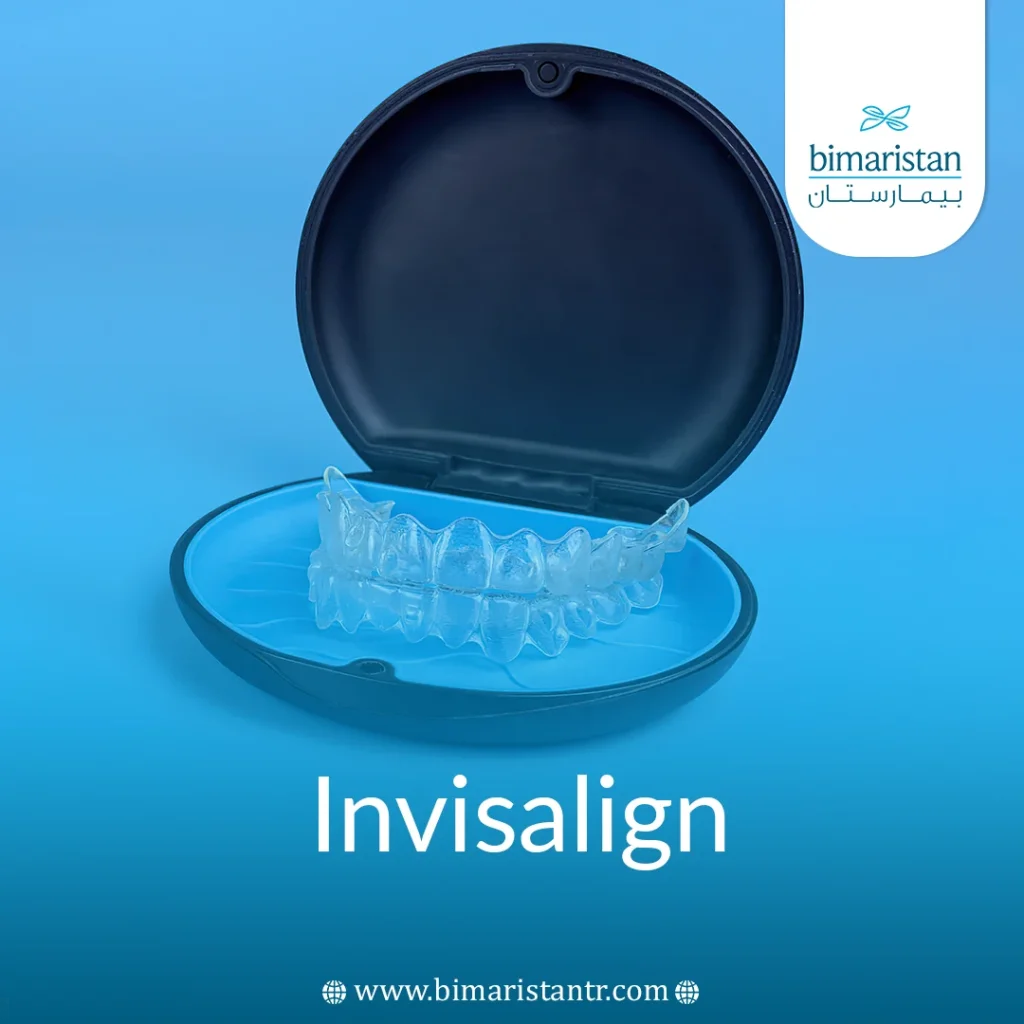Invisalign offers an innovative and effective solution to improve the appearance of teeth and correct functional imbalances without the need for traditional braces. This type of braces relies on custom clear brackets that fit perfectly with the structure of the teeth to gradually and imperceptibly move them. Invisalign is a popular choice among people looking for invisible and comfortable ways to correct teeth, which contributes to improving self-confidence and comfort during treatment.
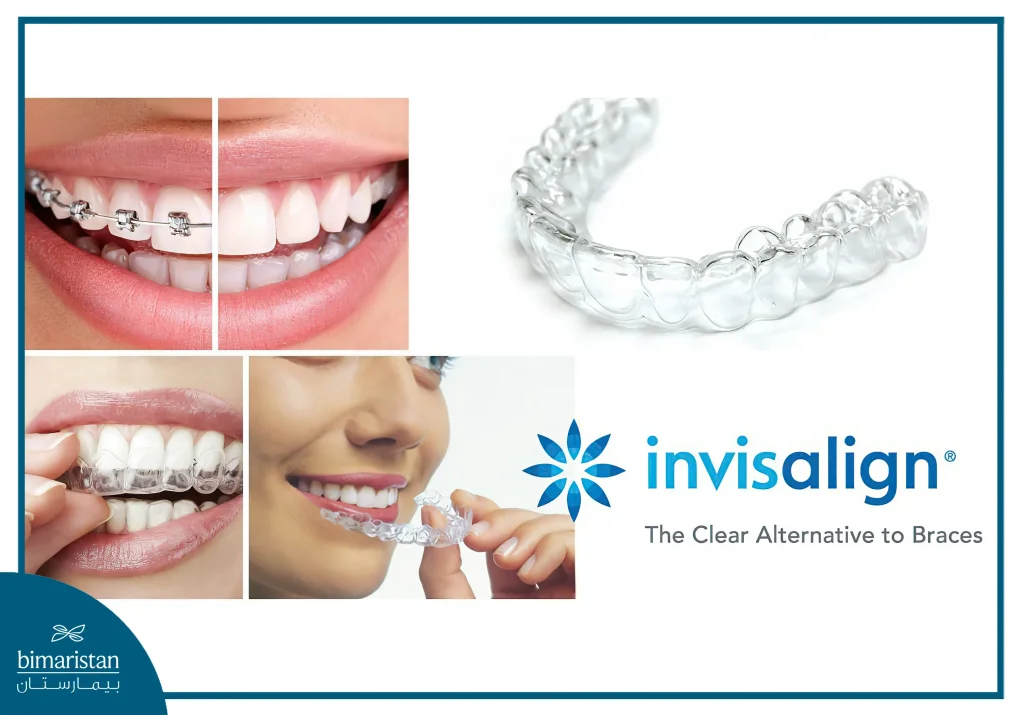
What is Invisalign?
If you had a choice, would you wear fixed metal braces or clear removable aligners?
If you choose clear removable aligners, you are not alone. Clear braces have grown in popularity over the past two decades as an option for straightening or realigning teeth.
One of the most common problems is misaligned teeth.
This has necessitated the search for good treatments and their development using the latest advanced technologies.
Perhaps the oldest and most famous clear aligner is Invisalign, which was introduced to the market in 1998. Since then, many clear aligners have appeared on the market from different brands. But Invisalign has remained the most popular.
In this article, we will take a closer look at what Invisalign clear braces can do, how effective they are, and the pros and cons of this product.
There are two types of removable clear braces: Invisalign and Clear Correct.
Benefits of clear aligners
Clear braces have many benefits that make them a preferred choice for many. Here are some of these benefits:
- Invisible appearance: Thanks to their transparency, clear aligners are almost unnoticeable when worn, making them an ideal choice for adults and teens who want to avoid the traditional look of metal braces.
- Comfort in use: Made of soft and comfortable materials, which reduces friction and irritation inside the mouth compared to traditional braces.
- Easy to clean: Clear braces can be removed when eating or brushing your teeth, making it easier to maintain oral hygiene and prevent tooth decay.
- Eating freely: Clear braces allow you to eat freely without restrictions, as you can remove them during meals and then put them back on.
- Fewer follow-up appointments: Clear braces often require fewer visits to the dentist than traditional braces, as a set of brackets is provided that are gradually replaced at home.
- Effectiveness: Effective in correcting many dental and jaw problems, including crowding and irregular spaces, which contributes to a significant improvement in the smile.
- Improved personal hygiene: By avoiding wires and metal components, it is easy to maintain oral and dental hygiene throughout the treatment period.
These benefits make clear aligners an attractive and effective option for improving dental health and the beauty of the smile.
What is Invisalign aligner?
Invisalign is the brand name for a type of transparent, removable orthodontic appliance that is characterized by its thinness.
This type of brace is used to correct the deviation of teeth.
It is actually a transparent removable appliance made of a very flexible thermoplastic material called Smart Track.
As the name suggests, this product is designed to make orthodontic treatment “less noticeable,” according to the American Association of Orthodontists.
Although Invisalign clear aligners may not be completely invisible, these clear covers fit snugly over your teeth and are certainly less noticeable than traditional plates and wires, including lingual ones.
What types of dental problems can Invisalign clear aligners correct?
Removable clear aligners can be used for a variety of purposes, including crowding and spacing problems, as well as some mild to moderate malocclusions.
According to the Invisalign website, they can be used to treat the following types of conditions:
- Some types of overbite (protruding teeth), underbite, and crossbite
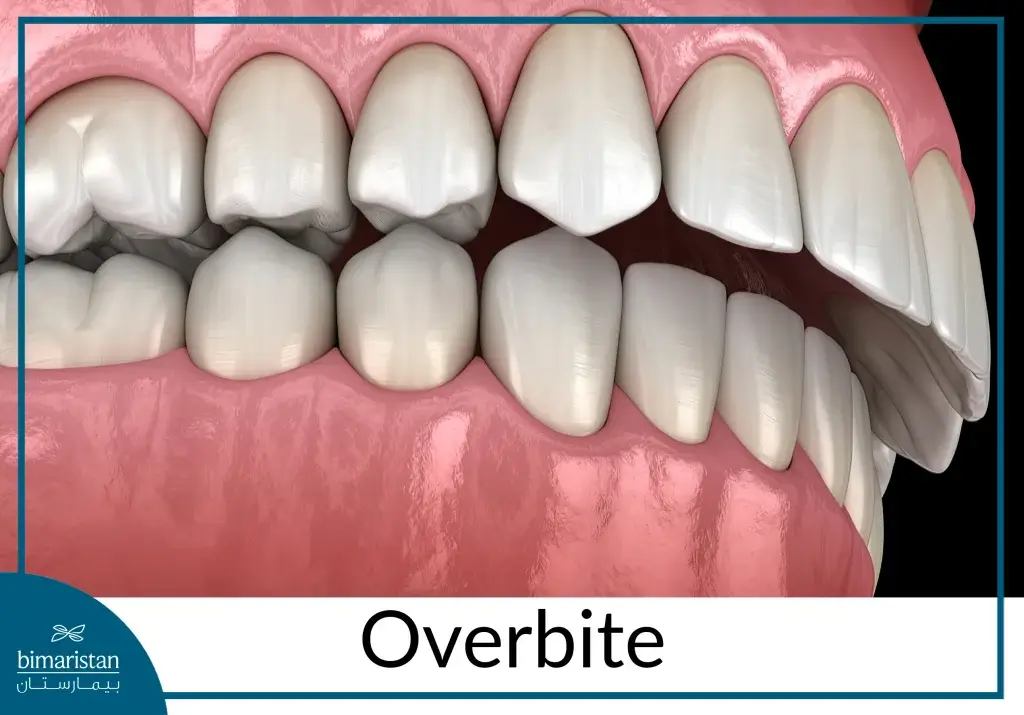
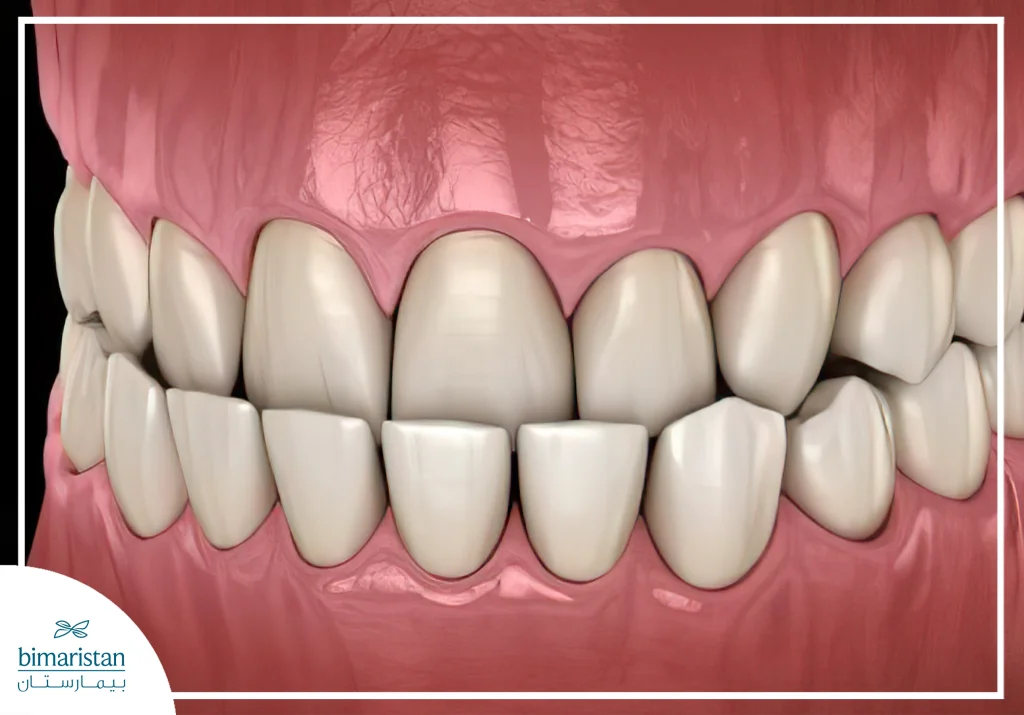
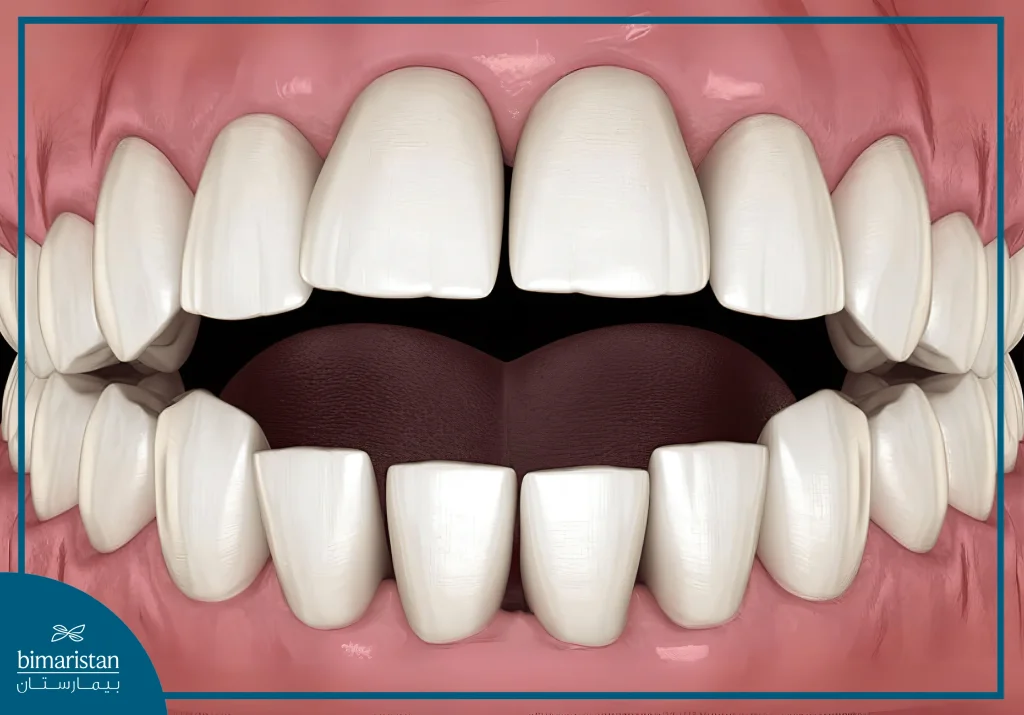
- Gap teeth
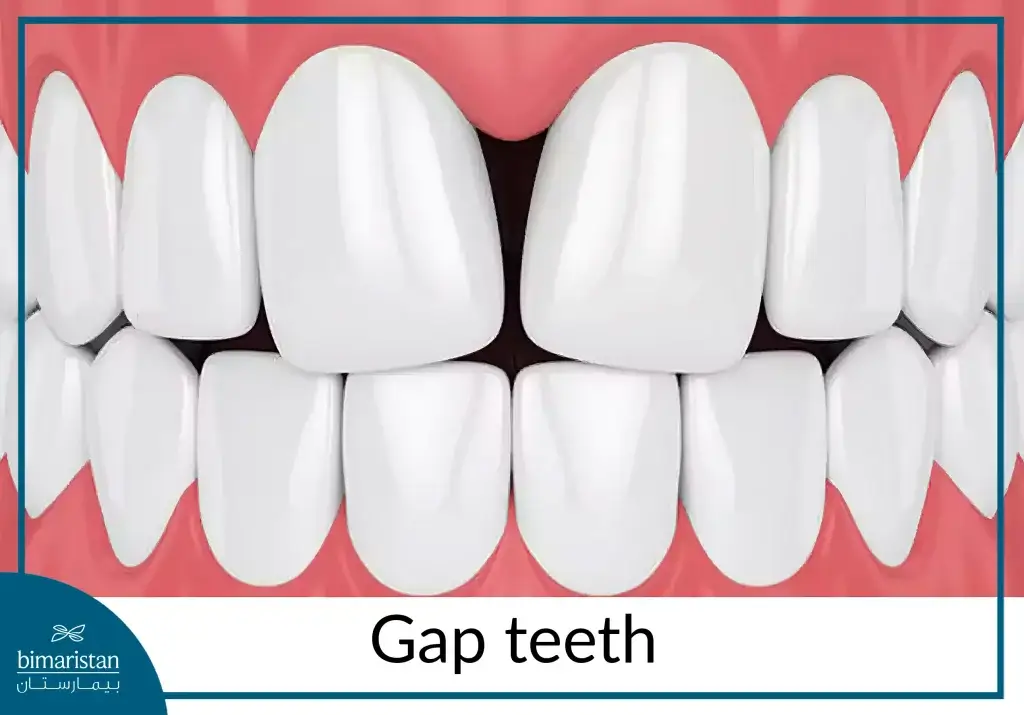
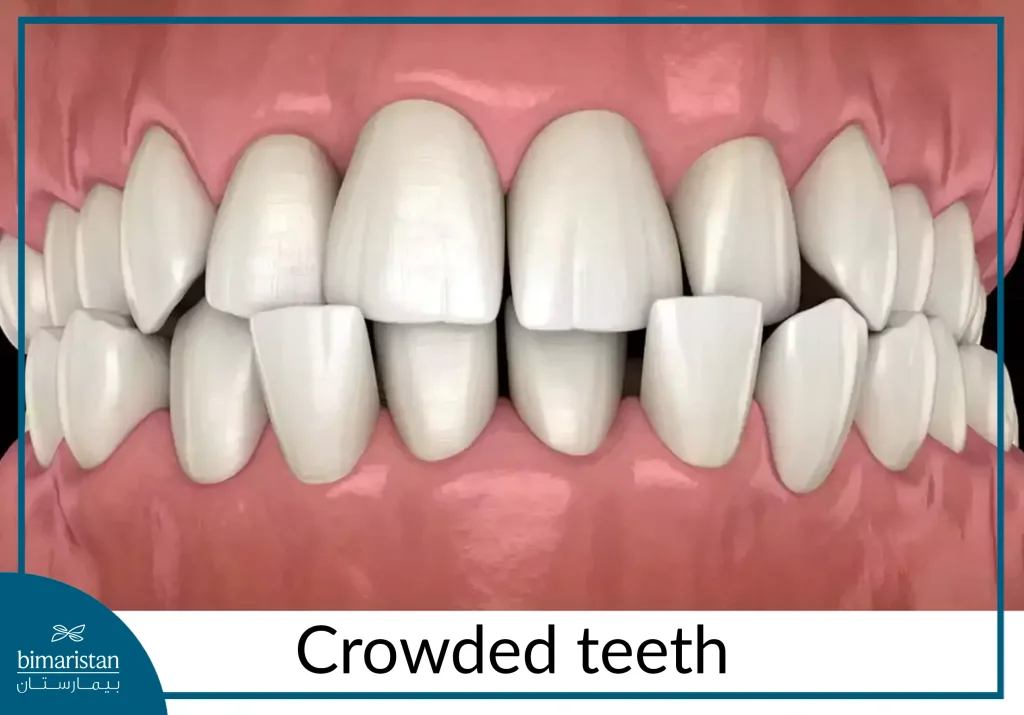
Although research is still limited, it suggests that Invisalign may be more effective for treating some problems than others.
For example, a 2017 study suggests that clear aligners can be helpful for straightening mild to moderate jaw arches but may not be as helpful for treating more severe bite problems.
How to get clear aligners?
1- Consult with your orthodontist
If you are interested in Invisalign, we must first determine if it is right for you.
Clear aligners are a versatile treatment system, but they are not helpful for treating all orthodontic problems, especially severe and advanced ones.
In addition to clinical considerations, we must also consider the patient’s ability or willingness to keep the aligners in their mouth for 22 hours a day.
Patients and their families will also be concerned about the financial cost and will consider less expensive alternatives.
However, it must be emphasized that undergoing Invisalign treatment should be under the supervision of an orthodontist, not a dentist.
Many dentists are now Invisalign providers, but they lack the additional training and specialization that orthodontists have, and the results are often less good.
2- The orthodontist creates a treatment plan
Once you decide to start Invisalign treatment, the specialist takes x-rays, photographs, and impressions of your teeth.
These records are sent to the Invisalign manufacturer along with the doctor’s instructions on the position he wants to move the teeth to.
The Invisalign technicians then enter the information into a computer to provide a 3D view of your teeth and create a computer model of how to move them into the desired positions.
The specialist can check their work by following them on his own desktop computer.
Sometimes there is an exchange of opinions between the specialist and the technicians regarding some adjustments until the treatment path is completely correct.
Then the specialist asks the manufacturer to make the required molds.
3- Waiting for the clear aligner to arrive from the company
Which may take about a month.
4- Placing the clear aligner in the mouth
There will be more than one clear tray, each of which must be placed for two weeks in a specific order.
As the treatment progresses, each new tray will position your teeth more and more straight.
The clear removable tray must be placed permanently in the mouth throughout the treatment period, but you can remove it when eating or brushing your teeth.
If you do not adhere to this, your teeth will not move according to the plan, and therefore, when you place a new tray, it will not fit properly with the position of your new teeth.
5- The orthodontist will refine the new position of the teeth to improve your smile
After placing the last tray for two weeks, you may have finished using your Invisalign, but some teeth may often need some adjustments.
The specialist will examine your teeth and may contact Invisalign again to request more “improvement” trays.
Again, it can take a month for them to arrive. Because the company anticipates this, they offer these trays for free.
6- Maintain your smile
After your treatment is complete, you’ll need to wear a retainer to give your jawbone time to harden your teeth into their new position. There are two types of retainers: fixed and removable.
Invisalign makes a special removable plastic product called Vivera that’s similar to other trays, but thicker and more durable.
They are not supposed to be changed every two weeks like Invisalign trays. You can also use a fixed wire retainer.
It is necessary to wear the retainer during the months immediately following treatment. If you want to get the best results, you should wear the retainer for a short period every week for the rest of your life. Because teeth are always moving and cannot stop moving.
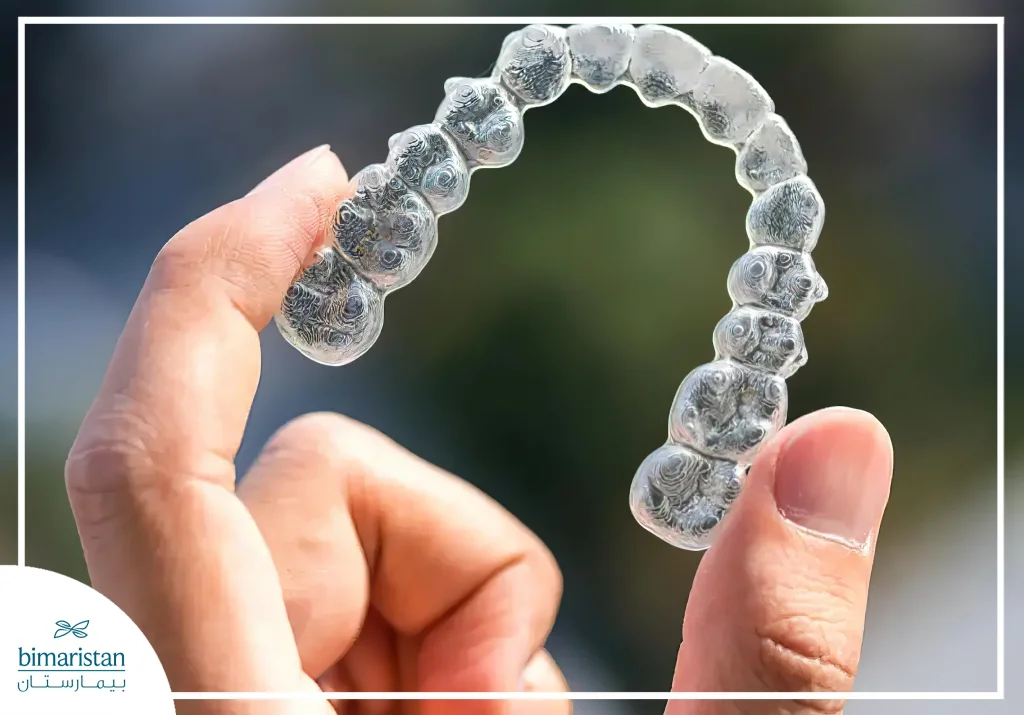
How effective is Invisalign in Turkey?
You may have friends who have had a good experience with Invisalign, but don’t rely on mere hearsay.
A 2015 review of 11 studies involving the use of Invisalign suggests that research on its effectiveness in difficult cases is limited.
The studies conducted so far have small sample sizes, and many do not include a control group for comparison.
A 2016 study published in the Journal of Orthodontics cautioned that there is a lack of clinical research to support claims of effectiveness.
However, based on some available research, Invisalign appears to be more effective than other types of clear aligners.
Newer trays that the manufacturer began producing in 2010 have enhanced Invisalign’s effectiveness in moving teeth by improving force transfer between teeth.
What can affect how well Invisalign works?
In order for Invisalign to work effectively, it is important to wear your aligners for 20 to 22 hours each day.
The only time you are supposed to remove your clear aligners is when:
- Eating or drinking
- Brushing or flossing your teeth
- Cleaning the aligners themselves
You should be careful when cleaning your aligners. If you use water that is too hot, it can warp the plastic and cause them to lose their fit. This can affect your progress and the effectiveness of your aligners.
The complexity of your orthodontic issues can also affect how well Invisalign works for you. If you have a combination of overlapping issues, such as spacing and occlusion, it may take longer for your treatment to produce the desired results.
Other variables that may affect the success of the work are gender and age. A study of 30 volunteers found that the age of the appliance user may affect the way teeth move. According to the study, the rate of teeth shifting increases slightly from 35 to 50.
This means that Invisalign may be more effective for this age group.
The same study also found that tooth shifting between the ages of 50 and 70 did not decrease in women at the same rate as it did in men.
What are the pros and cons of clear aligners?
To help you decide if Invisalign is the right choice for you, let’s take a look at the pros and cons of this treatment.
Pros and benefits of Invisalign
- Aesthetics: This is a very common reason for choosing Invisalign. These clear aligners are less noticeable than wires and plates.
- Removable: You can remove clear aligners from your mouth if you need to. They are sometimes called removable braces.
- They’re also easy to clean: By removing your aligners, you can easily brush and floss your teeth without having to floss around wires and plates. A 2017 study also suggests that this can improve gum health by reducing the amount of bacteria lurking around your teeth and gums.
- Minimize potential problems: Many people with traditional braces experience problems with a bracket falling out or a wire breaking, which leads to the need to see an orthodontist. You won’t have to face these potential problems with clear aligners.
Cons and Disadvantages of Invisalign
- Clear aligners are less effective for complex cases. Research, although limited, seems to suggest that Invisalign is more effective for people whose teeth only require certain types of movement.
- Therefore, your doctor may suggest another treatment option for more complex problems. Additionally, if you have a bridge on some of your teeth, Invisalign may not be the right choice for you.
- Clear aligners require a great deal of compliance with instructions. To get the most out of Invisalign, you must wear your aligners for 20 to 22 hours a day. If you think you won’t be able to stick with your aligners for that long, this may not be the best option for you.
- Clear aligners should be removed when eating or drinking. When you eat or drink, you need to take your aligners out. If you don’t, food or drink can get into it, causing bacteria to grow on your teeth and gums, which can lead to tooth decay.
- Also, liquids can seep into it and cause stains to form on your braces and teeth.
- Leads to dietary restrictions. You may experience tooth pain when your braces are removed, which can make you abstain from many foods that require the removal of the device from your mouth, and you should especially avoid eating solid foods.
How much does Invisalign cost?
According to the Invisalign website, the cost of Invisalign treatment is similar to that of traditional braces.
The cost can vary depending on how long you need treatment, how complex your dental issues are, and where you live. The cost of dental treatment in Turkey ranges from $1,000 to $2,200 for a full treatment program with clear removable braces with regular follow-ups.
Is Invisalign Right for You?
If you’re considering Invisalign aligners, ask yourself these questions to help you decide if this is the best option for you:
- Do I have crowded teeth or a bite problem?
- Do I feel self-conscious about wearing traditional braces?
- Will I be committed to wearing clear removable braces for the required hours each day?
- Can I afford them?
- Will I care for my braces properly?
If you have a caregiver at home who prefers Invisalign over regular braces, evaluate whether they will fit and care for them properly.
If you know your child is prone to losing things, clear removable aligners that can be misplaced may not be the best option for your child. They may lose them or forget to put them on.
The bottom line on Invisalign
Invisalign can be used for a variety of purposes, including crowding and spacing issues, as well as some mild to moderate bite problems.
It may be a good option for you if you don’t have a complex bite or crowding problem and you prefer a less invasive treatment than traditional braces.
Talk to your orthodontist or dentist about your teeth, what type of orthodontic treatment you might need, and whether Invisalign is a good option for you. Then, consider all the pros and cons before making your decision.
